- Have any questions?
- +86-189 8930 5995
- sales@mosinterchem.com.cn
Melamine Cyanurate CAS 37640-57-6

Tetrabromobisphenol A bis dibromopropyl ether CAS 21850-44-2
18/12/2018
Tetrabromobisphenol S Bis-2 3-Dibromopropyl Ether CAS 42757-55-1
18/12/2018| Model: | MOS37640-57-6 |
| Brand Name: | MOSINTER |
| CAS No.: | 37640-57-6 |
| Molecular formula: | C6H9N9O3 |
| Molecular weight: | 255.19 |
| Melting Point: | 350°C (dec.) |
| Soluble: | insoluble |
| Density: | 1.70 |
Melamine Cyanurate (CAS: 37640-57-6)
| Item | Index |
| Appearance | Creamy white powder |
| Granularity | >500 mesh |
| Density | 1.7±0.2 |
| PH value | 6.5-7.5 |
| Purification | >99.5% |
| Nitrogen content | 49±0.5% |
| Moisture | <0.3% |
| Decomposition temperature | >360℃ |
| Water-solubility | <10-5g/cm3 |
Melamine cyanurate, also known as melamine-cyanuric acid adduct or melamine-cyanuric acid complex, is a crystalline complex formed from a 1:1 mixture of melamine and cyanuric acid. The substance is not a salt despite its non-systematic name melamine cyanurate. The complex is held together by an extensive two-dimensional network of hydrogen bonds between the two compounds, reminiscent to that seen in DNA base pairing.[2] Melamine cyanurate forms spoke-like crystals from aqueous solutions and has been implicated as a causative agent for toxicity seen in the Chinese protein export contamination and the 2007 pet food recall.
Chemistry
The substance is best described as a melamine-cyanuric acid co-crystallate, complex, or non-covalent adduct. The two compounds do not form a salt as suggested by its non-systematic trivial name melamine cyanurate.
Melamine and cyanuric acid form a jigsaw puzzle-like two-dimensional hydrogen bonding network because of the complementarity of the two compounds, similar to DNA base pairing.
Uses
Melamine cyanurate is commonly used as a fire retardant.
Toxicity
It has been considered to be more toxic than either melamine or cyanuric acid alone.
LD50 in rats and mice (ingested):
• 4.1 g/kg – Melamine cyanurate
• 6.0 g/kg – Melamine
• 7.7 g/kg – Cyanuric acid
A toxicology study conducted after recent pet food recalls concluded that the combination of melamine and cyanuric acid in diet does lead to acute renal failure in cats. A 2008 study produced similar experimental results in rats and characterized the melamine and cyanuric acid in contaminated pet food from the 2007 outbreak.
You must be logged in to post a review.

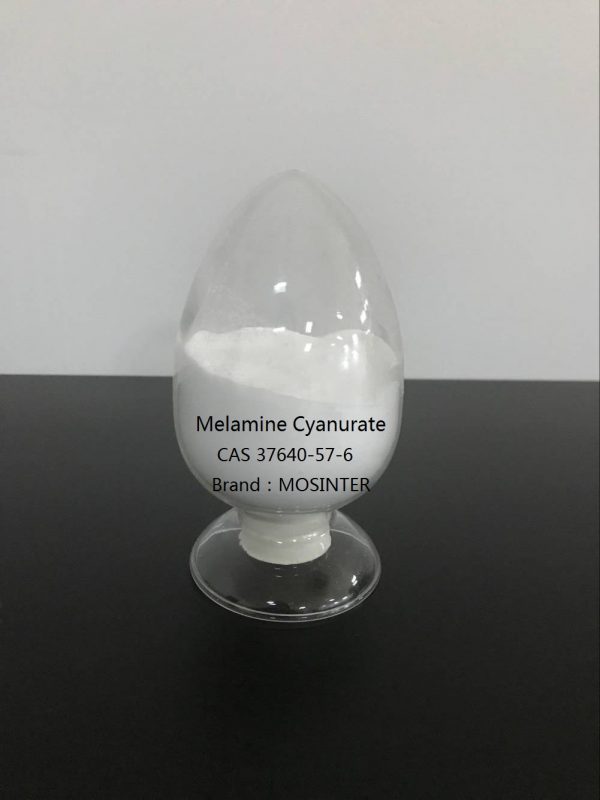
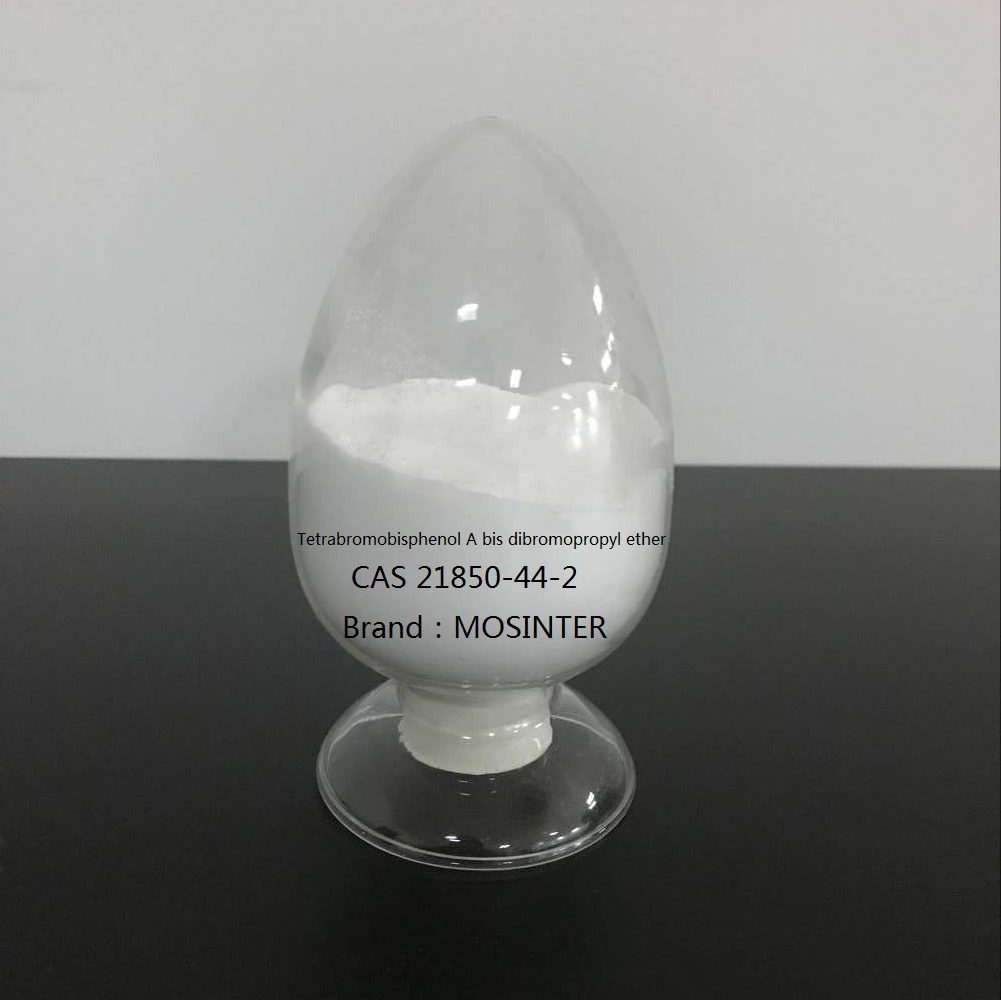
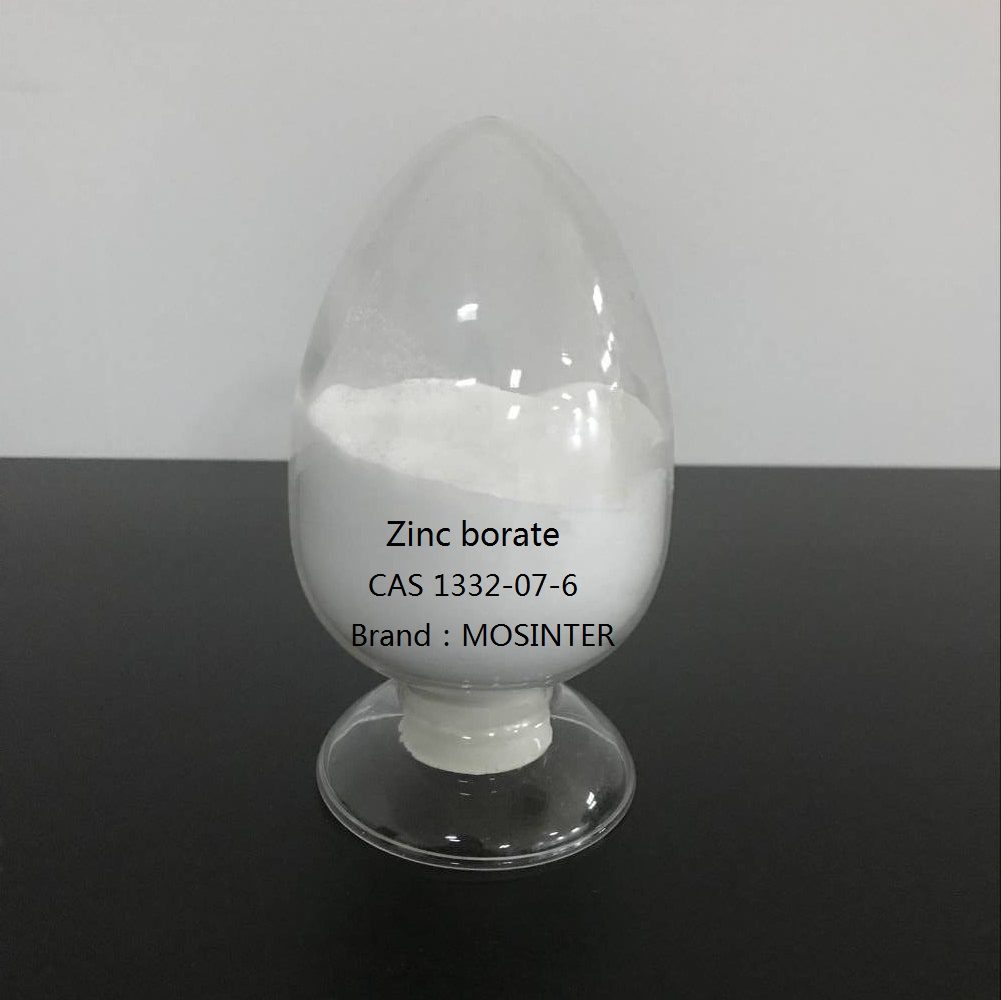
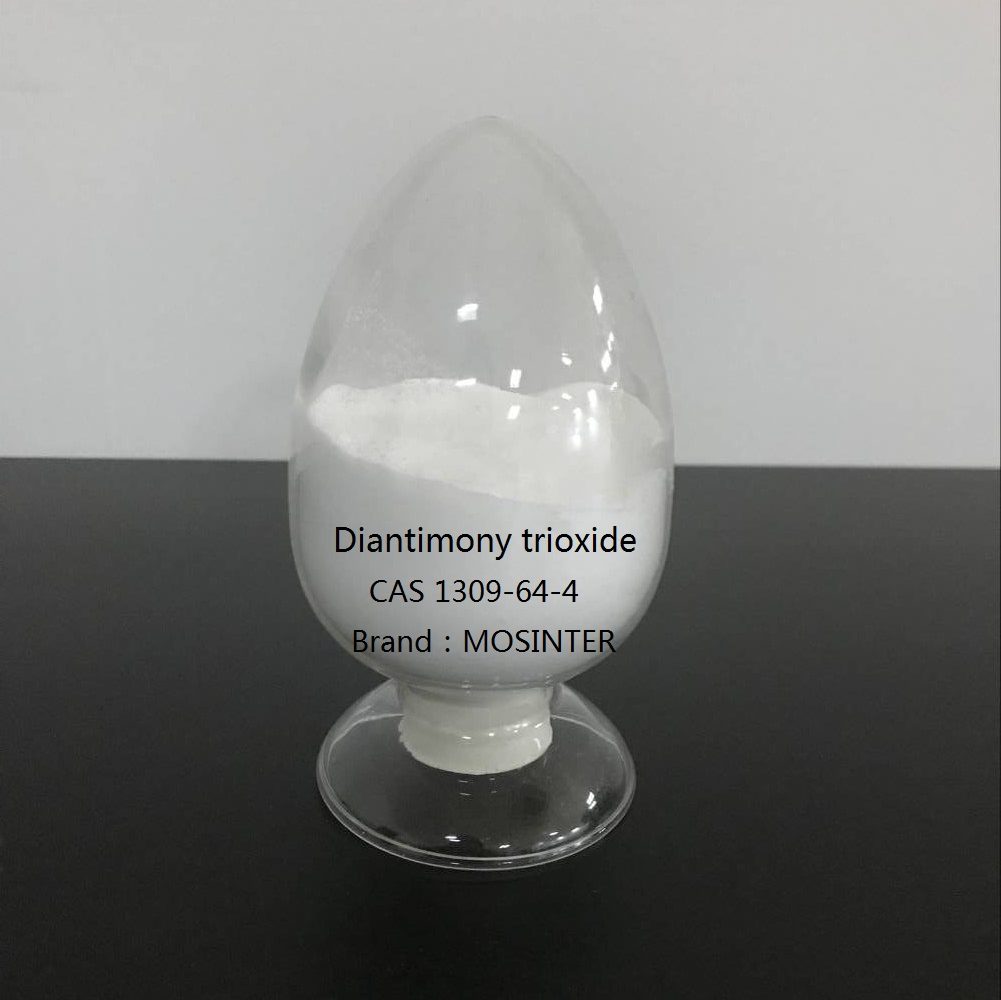
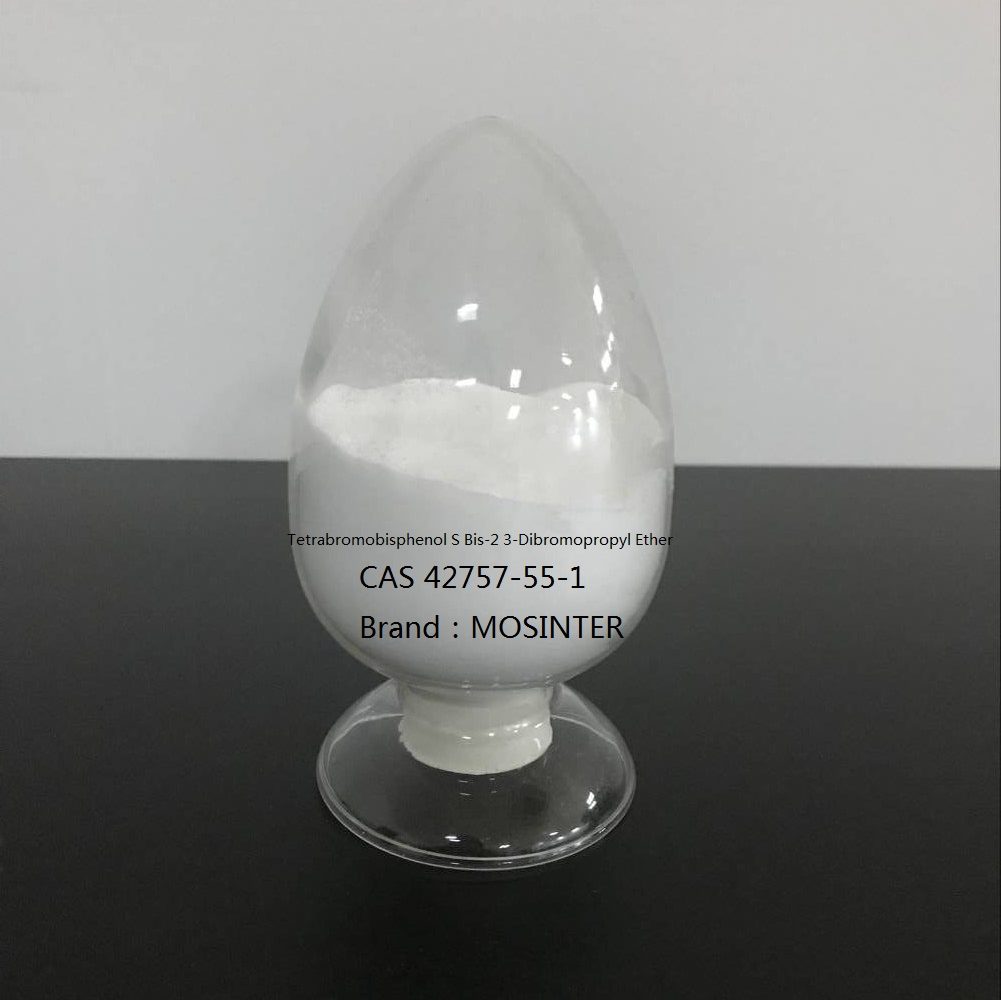
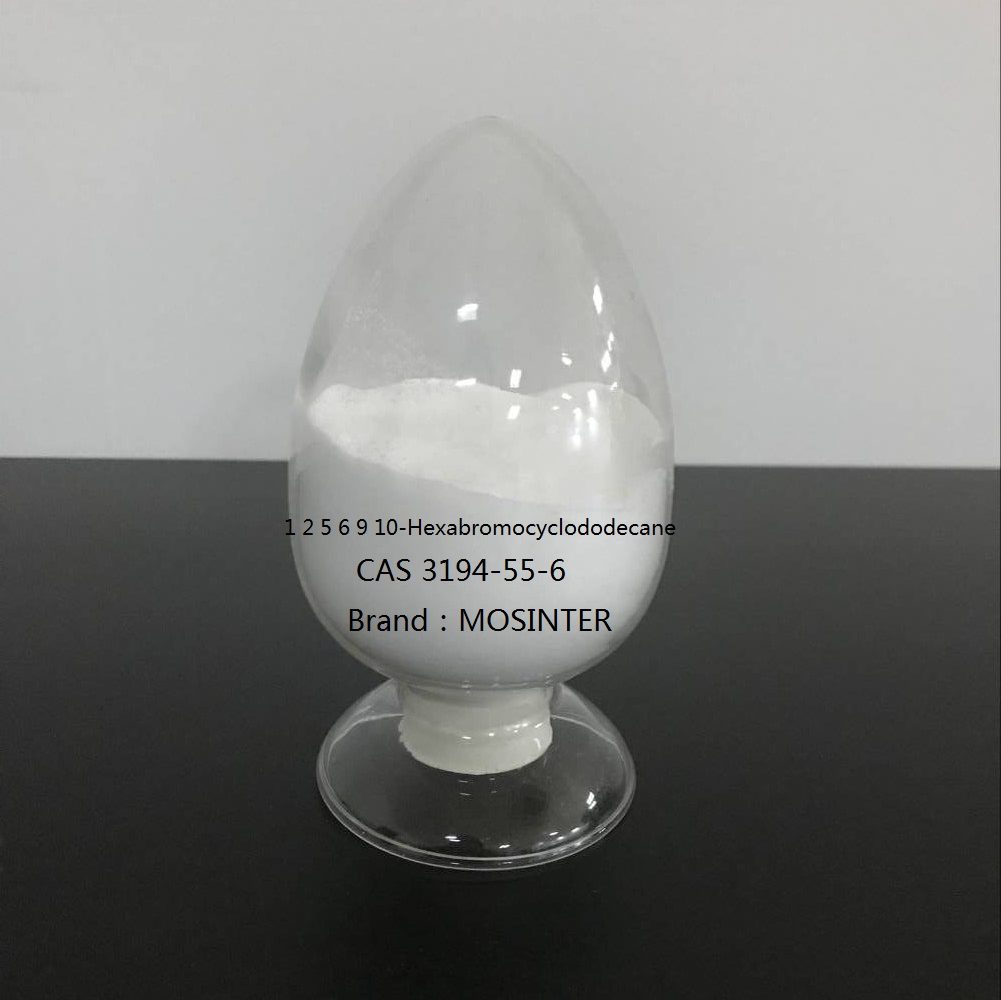
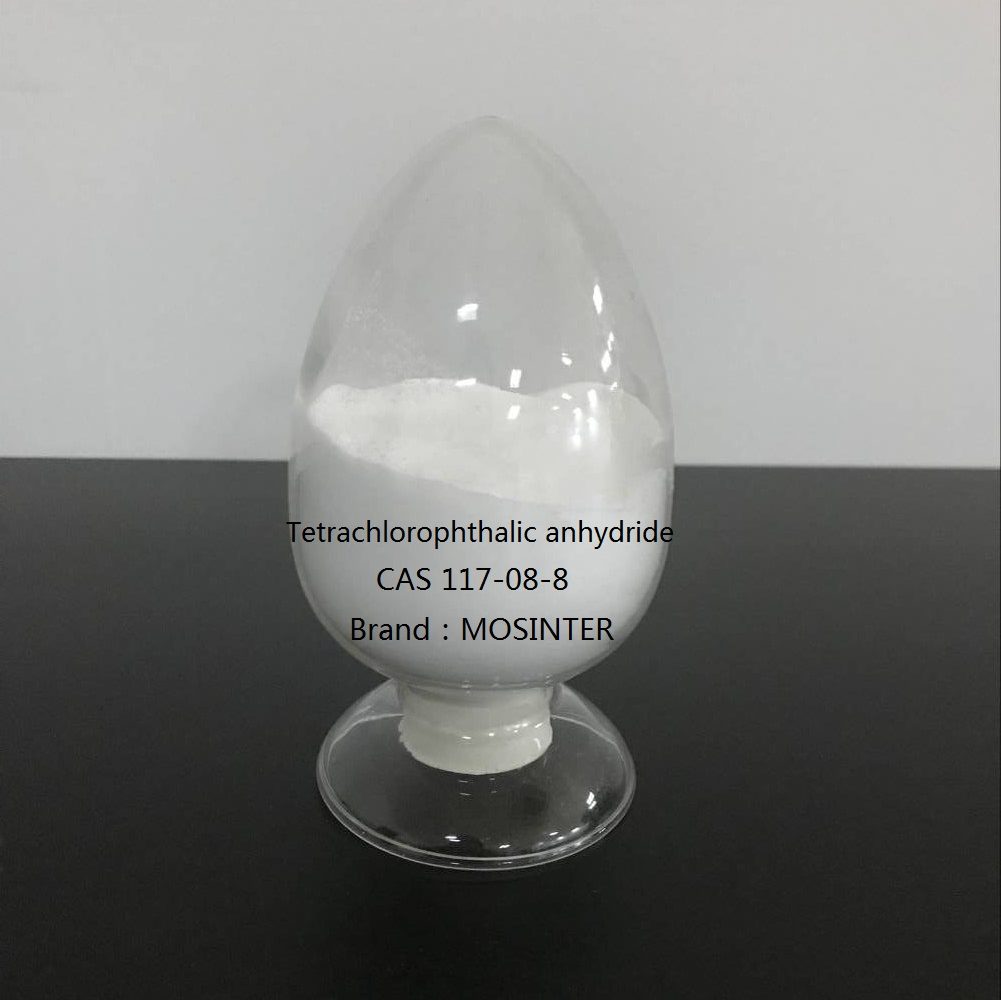
Reviews
There are no reviews yet.